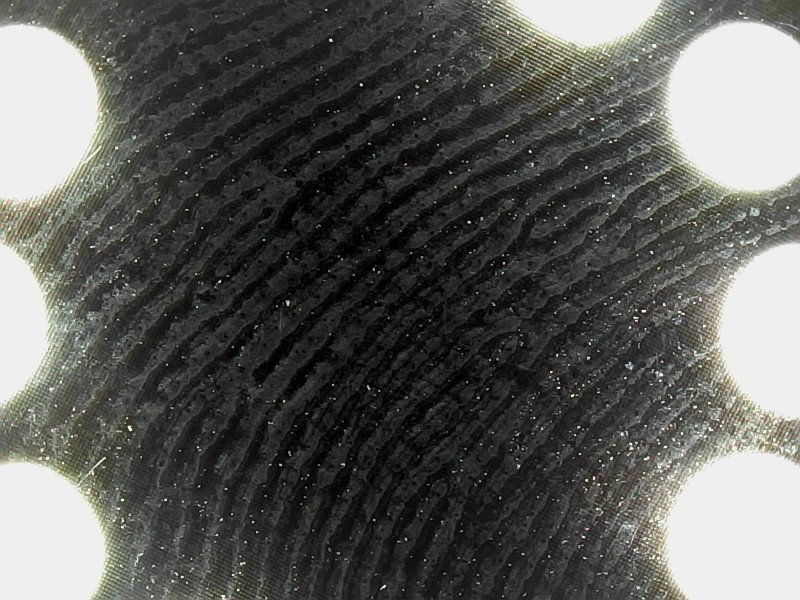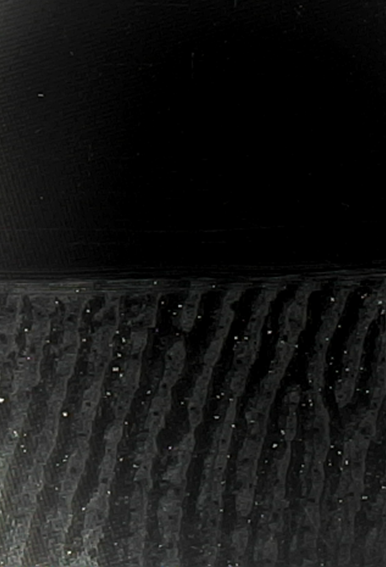Cleaning & Disinfection, Knowledge Base
I Can See Clearly Now – Microfiber Wipes Part 2
In Part I of “I Can See Clearly Now”, we described the physical construction of microdenier fibers incorporated in fabric used for cleaning eyeglasses. These same fibers can also be employed as the base material for cleanroom wipers. Note however, that microdenier cleanroom wipers are orders of magnitude cleaner than the microdenier fabric used for cleaning eyeglasses.
You will recall that each microdenier fiber consists of a very fine diameter, asterisk-shaped central core of polyester inlaid with 6 or more wedge-shaped strands of polyester or nylon. The complex physical and chemical processes to treat these materials and form these fibers into wipers for cleanroom use are more stringent than those used for traditional, larger-diameter polyester fibers. As an example, special attention is paid to the laundering of the knitted microdenier wipers because of the large overall surface area of the microdenier strands. All of this ensures that the final wiping material has the desired performance characteristics – overall cleanliness, fabric strength, abrasion resistance, etc. needed for cleanroom use.
Microdenier cleanrom wipers do not appear much different than standard knit polyester wipers but they are very soft to the touch. This makes them ideal for cleaning applications of delicate surfaces. Furthermore, microdenier wipers can be dampened with (i) deionized water (DIW) or (ii) isopropyl alcohol – DIW mixtures of any proportion. Another benefit is that these wipers can be used dry to remove surface contaminants from flat panel displays or screens used for cell phones or tablets – important because of the need to eliminate liquids near sensitive electronic circuitry.

Figure 1 – Photomicrograph of a fingerprint on a phone screen before dry wiping with a microdenier cleanroom wipe. Notice the fingerprint also includes many small particles appearing as white dots. Large white circles originate from the lighting to illuminate the material to be photographed.

Figure 2 – Top half of fingerprint in Figure 1 wiped with a dry, cleanroom microdenier wiper. Notice the absence of any traces of the fingerprint and associated particles in the wiped area. Because of the microfiber construction, microdenier wipers can have 3 to 4 times the overall surface area of a standard polyester knit wiper. The increase in surface area originates from the multiplicity of very small strands incorporated in the core-wedge construction of the microdenier fabric (see Part I – “I Can See Clearly Now” for a fuller explanation). This in turn provides the ability to entrap and remove extremely small particles. Figure 3 shows this very clearly.

Figure 3:
- Left half – AC Fine Test Dust (1-80 um particles) before dry wiping
- Right half – AC Fine Test Dust after dry wiping
- In summary, the advanced technology developed for microdenier wipers has been utilized in the fabrication of cleanroom wipers with extraordinary capability for contamination control in critical environments.
Dry polyester knitted vs. dry microdenier






















HAVE AN IDEA FOR CONTENT?
We are always looking for ideas and topics to write about.
Contact Us